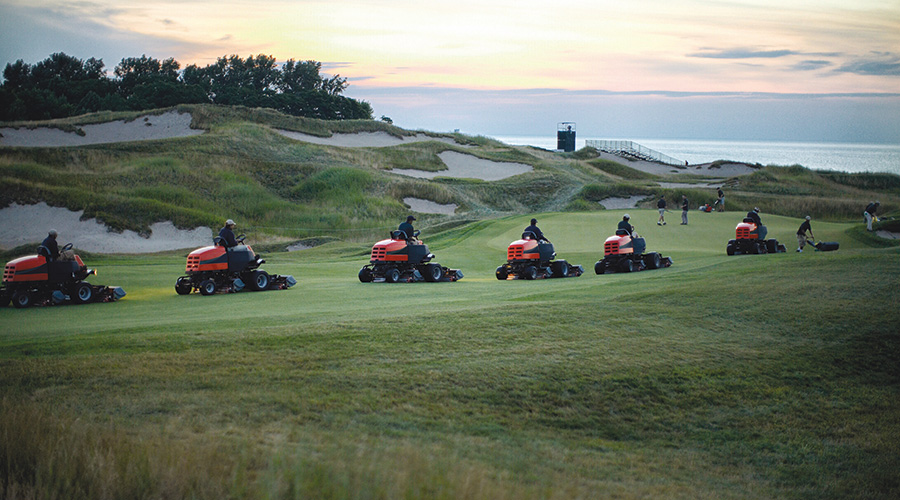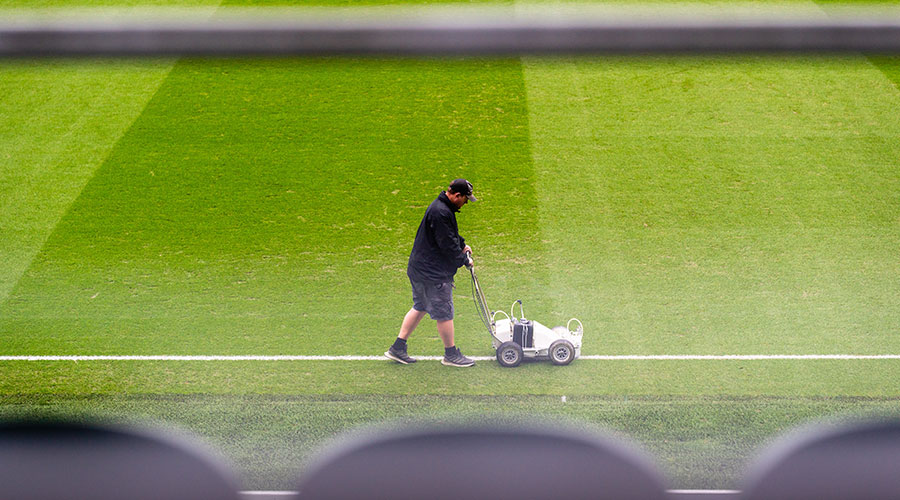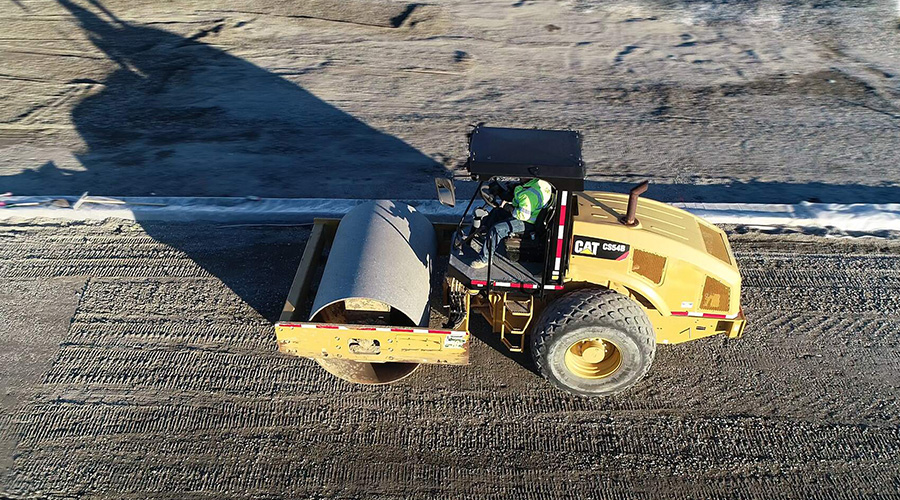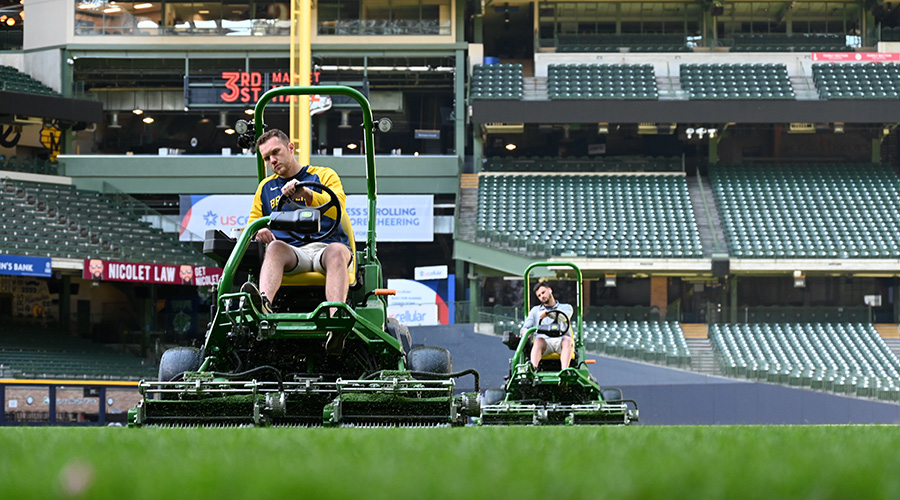Grounds Attachments: Assess Versatility, Dependability
These days, budget-conscious grounds care managers — and is there any other kind? — face the increasingly difficult challenge of balancing tight financial resources, high expectations for the appearance of landscapes, and the practical considerations of properly maintaining these areas around institutional and commercial facilities.
Among the equipment options that can pay the biggest dividends in facing these challenges is the evolving array of attachments for mowers, tractors and utility vehicles. Properly specified, attachments can increase the versatility of grounds equipment and stretch managers' budget dollars. From vacuums, snow-removal equipment, and aerators to brooms, seeders, and spreaders, managers can select the attachments that best meet their departments' evolving needs.
Assessing the Situation
When buying new or replacement attachments, managers must take into account a host of considerations, including frequency of use, dependability, compatibility, and their impacts on the budget. This range of issues means managers need to do their homework before making a decision.
A good first step is to compile a comprehensive list of department activities, as well as the time each job requires. The next step is to rank these activities based on which tasks the department could accomplish more efficiently if it had the proper equipment and staffing. By comparing these lists to a roster of available equipment and attachments, managers will be better able to identify opportunities to increase worker productivity.
Not surprisingly, one of the driving factors in specifying attachments is the need to minimize costs. Jerry Nelson, grounds manager with Macalester College in St. Paul, Minn., identified the department's need for a seeder attachment and purchased one for the department's tractor as a cost-saving measure.
"We had been contracting out seeding, and it was very expensive," he says, adding that buying the attachment "saves us money by not having to contract it out." The college covers 55 acres, and the department uses two zero-turn riding mowers dedicated to mowing duties. Those mowers replaced two older mowers now outfitted with brooms and dedicated to snow removal.
The department's 19-year old, 30-horsepower tractor must handle a range of attachments besides the seeder, including two aerators, a front-end snow blower, and a fertilizer spreader. When the time comes to replace the tractor, Nelson says, "We'll stay with the same manufacturer."
Replacing existing attachments is only half of the challenge. Managers also need to review their current attachments to see if they need to fill gaps based on department activities. Snow removal duties provide a good example of this step in the process.
"We identified a need between a rotary broom and a snow blower," says Kevin O'Donnell, grounds superintendent with Villanova University. "When we have 3-4 inches of heavy, wet snow, blades work better than blowers."
Villanova's 15 groundskeepers are responsible for maintaining the university's 245 acres, which includes about 60 buildings. Its mowing equipment includes four riding mowers, two out-front rotary mowers, one walk-behind mower, and one reel mower. Attachments for the riding mowers include three rotary brooms, three snow blowers, three snow blades, and two turf blowers.
Related Topics:












